Australia offers everything digital nomads could wish for, but it is not a country but a continent with huge spaces and long distances between major cities. The blue and azure of the Indian and Pacific Oceans, immense beaches and white sand, unspoilt nature, unique animals that cannot be found elsewhere, large cities and quiet suburbs where no service is lacking. But also a great emphasis on sports culture and a high standard of universities and medical facilities.
Ideal destination
At the same time, however, high wages are guaranteed here for every profession (even the least skilled). There is an excellent work/life balance because, in the Australian culture, working is essential, but living well is even more so. Remaining with the big cities, all located on the coast since the desert dominates the centre, from Melbourne to Sydney, Brisbane, Perth and Adelaide, Australian cities have always been at the top of the Global Liveability Index, the Economist‘s study of the world’s best cities for quality of life.
Looking at the needs of a digital nomad, Australia is an ideal destination. In addition to the numerous café bars, a number of coworking spaces have been added in recent years, and the internet connection is fast and widespread in many facilities. The most challenging hurdle to overcome is related to the visa because Australia does not have a specific programme for those who work remotely and wish to move to the country.
With a very high number of people willing to spend money to emigrate and study in the country, for now, the digital nomad is not a figure of interest for the Australian government, nor for the authorities of its six states: South Australia, Western Australia, New South Wales, Queensland, Tasmania and Victoria.

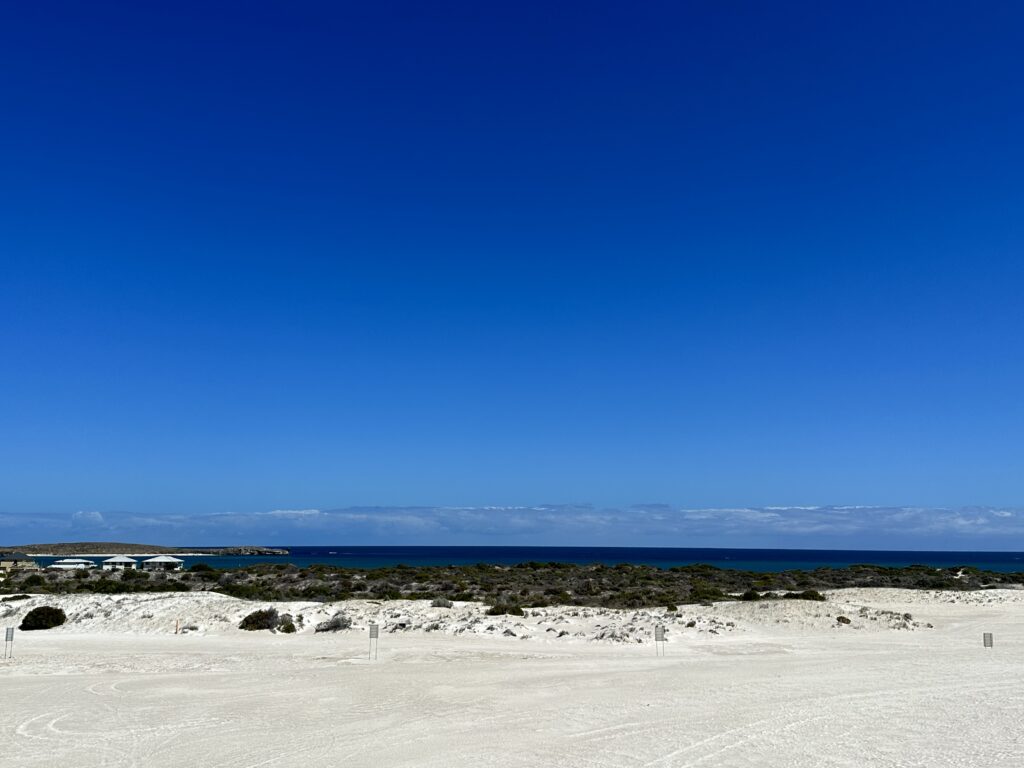


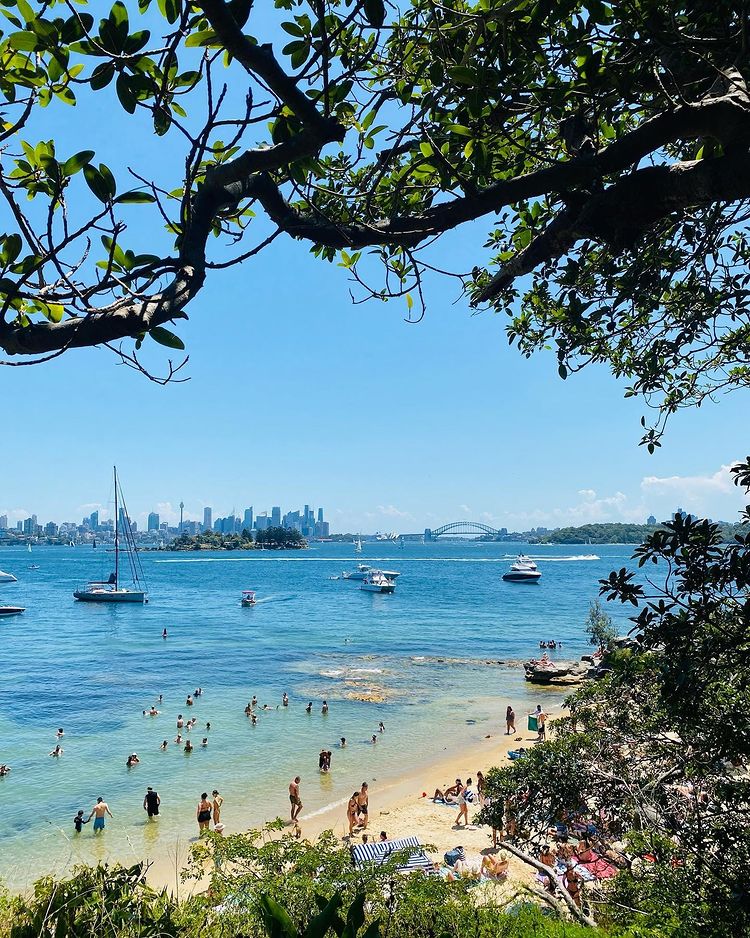
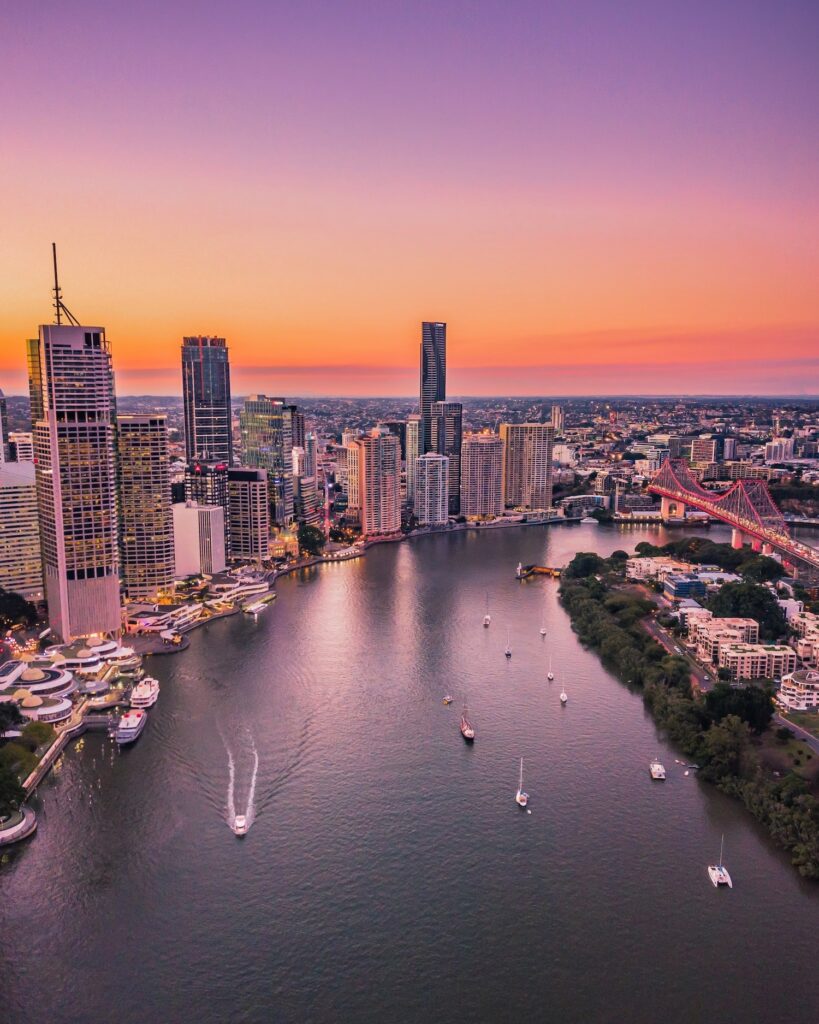
The critical point: how to enter the country legally
The opportunities available to those who want to live in Oceania’s largest country and work remotely are limited to the Electronic Travel Authority or the eVisitor visa, which allows you to visit the country for up to three months. However, the one-year access, which is fee-free and can be applied online, will enable you to return to Australia for a further three months before its expiry date, provided you leave the country after 90 days.
These are two tourist visas dedicated to those who wish to travel around the country and move to different locations, with the limitation that they cannot work for an Australian or foreign employer resident in the country. No problem, therefore, for those who intend to enjoy Australia and earn money by working as a freelancer for one or more foreign companies.
Another option is the Working Holiday Visa, which allows you to travel around the country (but you can also stay in the same place) while working, but without exceeding six months with the same employer. This visa, renewable for the second year by going to work for three months on farms, a requirement inserted by the government to remedy the lack of labour in regional areas, is only available to those under 30, with the exception of some countries that have a maximum age restriction set at 35.
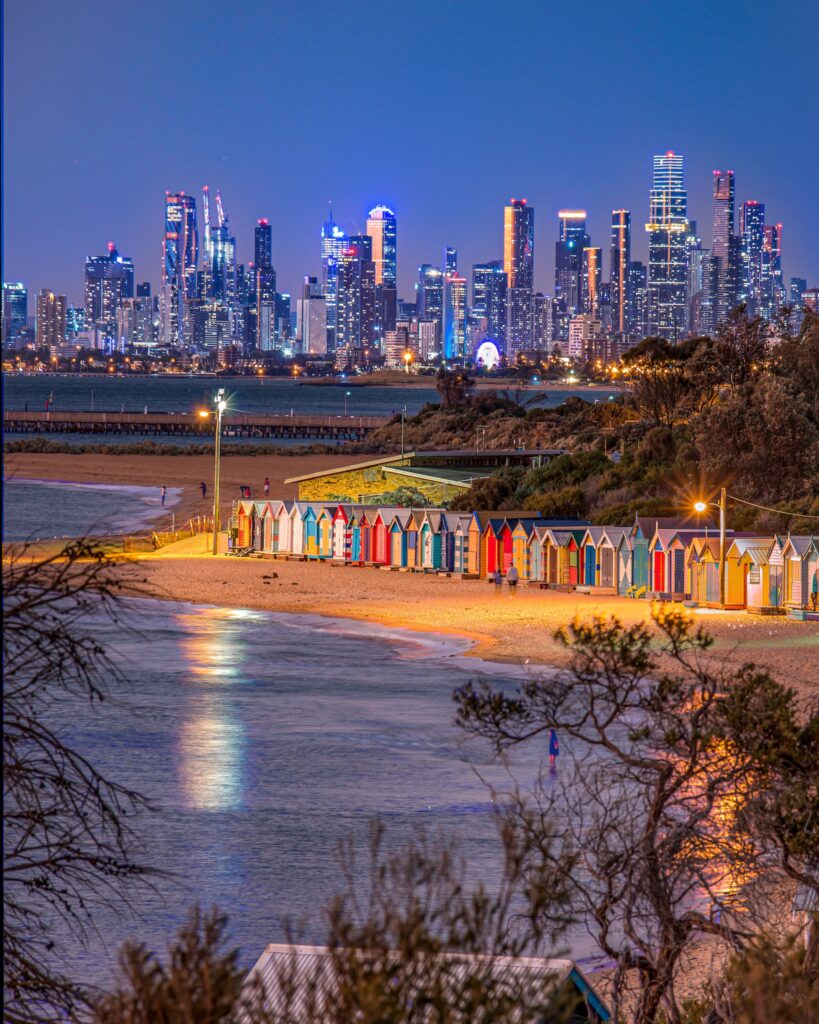
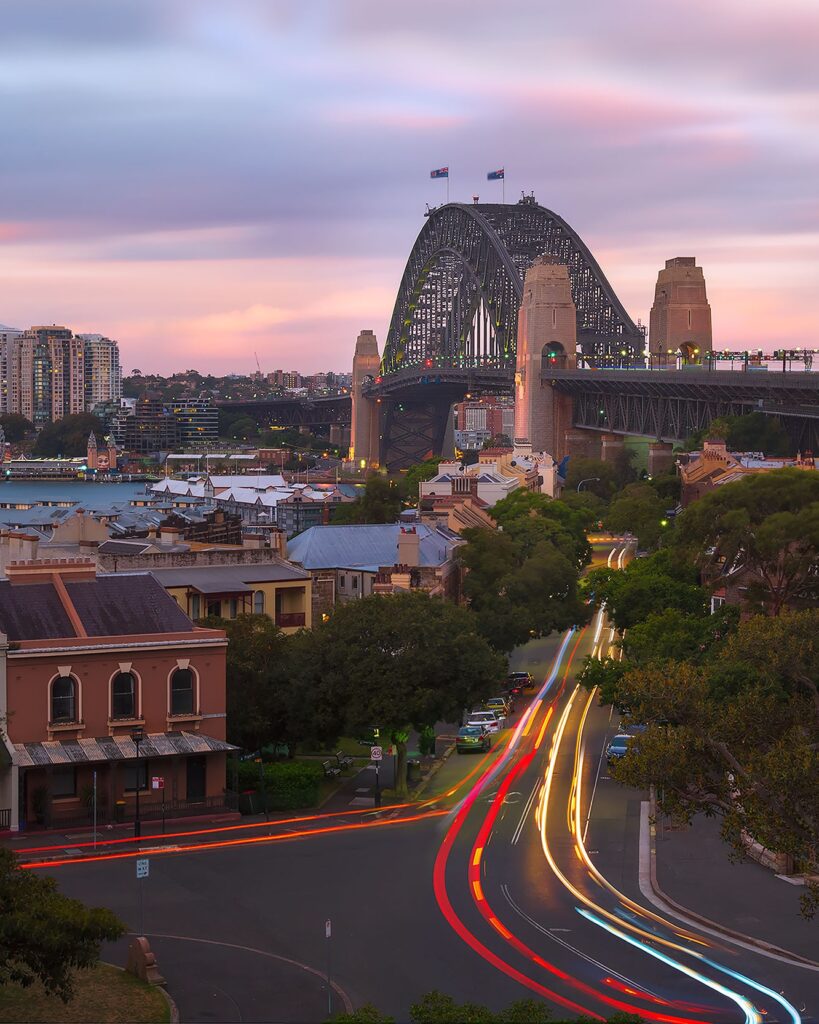
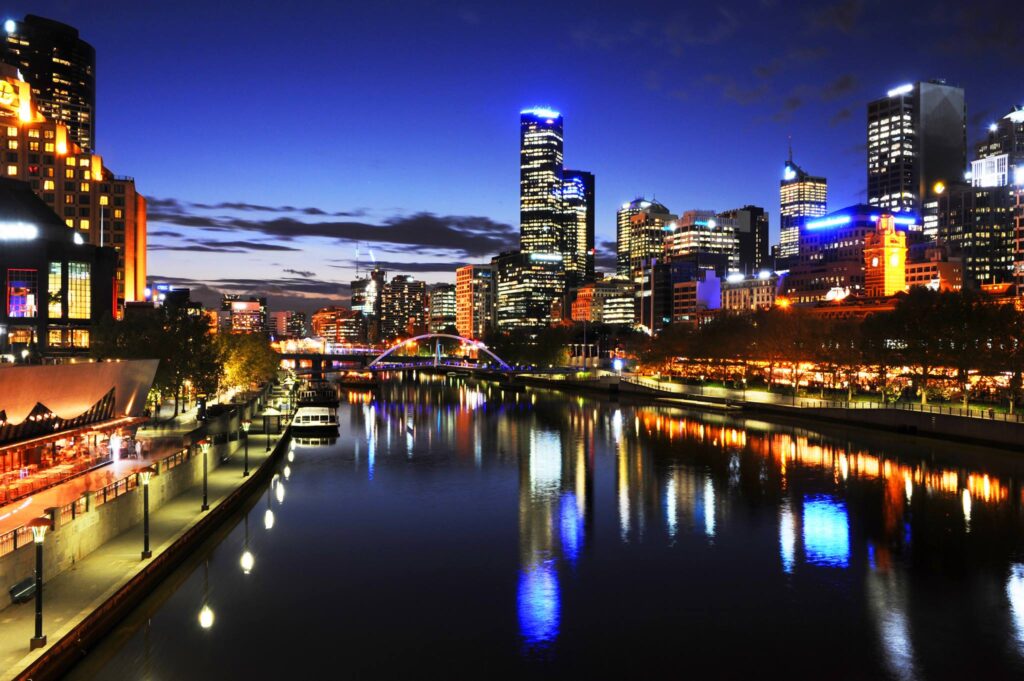

High quality of life but expensive
Moving to Australia means moving away from Europe, so in addition to being away from friends and family, the distance is also vast in case of emergencies. I experienced this first-hand because when I lost my grandfather in 2012, I could not be at his funeral as it was impossible to return to Italy in time from Perth.
Apart from that, it may strike you that all Australian cities are behind in Nomad List‘s ranking of the world’s most popular locations for digital nomads. Perth ranks 58th, Sydney 101st, Melbourne even 131st, while Brisbane occupies 449th place. Why are such interesting places, rich in nature and breathtaking scenery, not considered cool by digital nomads?
The reason is simple and economical, the average monthly cost of living in an Australian city is very high. According to Nomad List, it ranges from almost $4,000 for Perth to a hefty $5,300 for Sydney, while for Byron Bay, the country’s most famous whaling city, it rises to just under $6,000. Such figures are out of the realm of the digital nomad, not only because they force one to revise one’s lifestyle, pursued precisely to ensure greater relaxation and work rhythms out of the ordinary.
Hunting for bargains with a keen eye on value for money, the digital nomad tends to look at other solutions, as demonstrated by the most popular destinations in Asia, where the cost of living is significantly lower than in the Western world. If, however, the monthly salary from your job is adequate to cope with life in Australia, then you are spoilt for choice in discovering a fantastic land.



